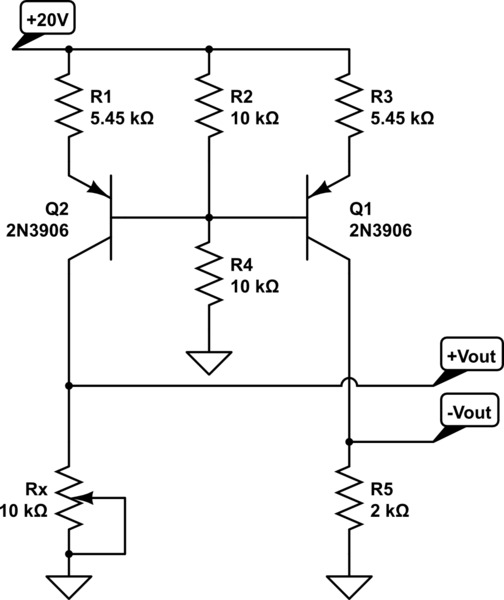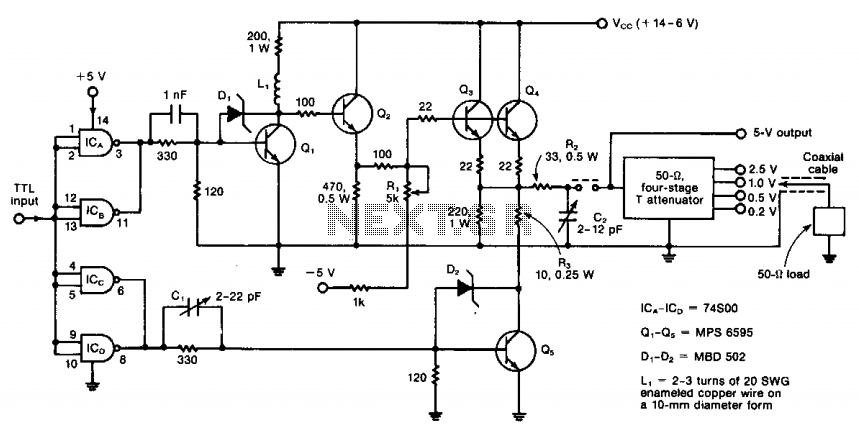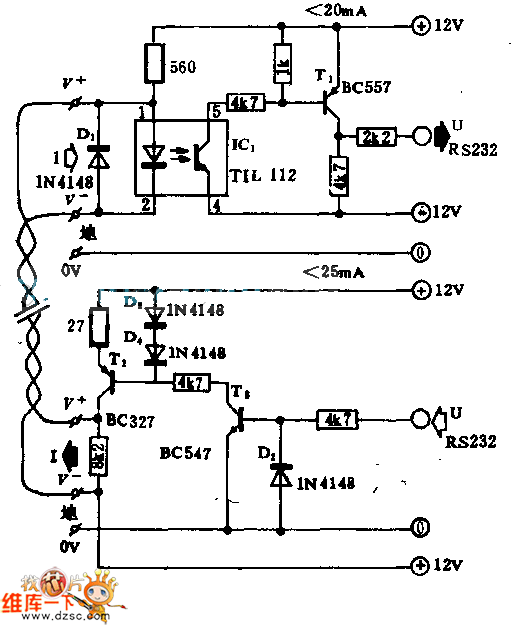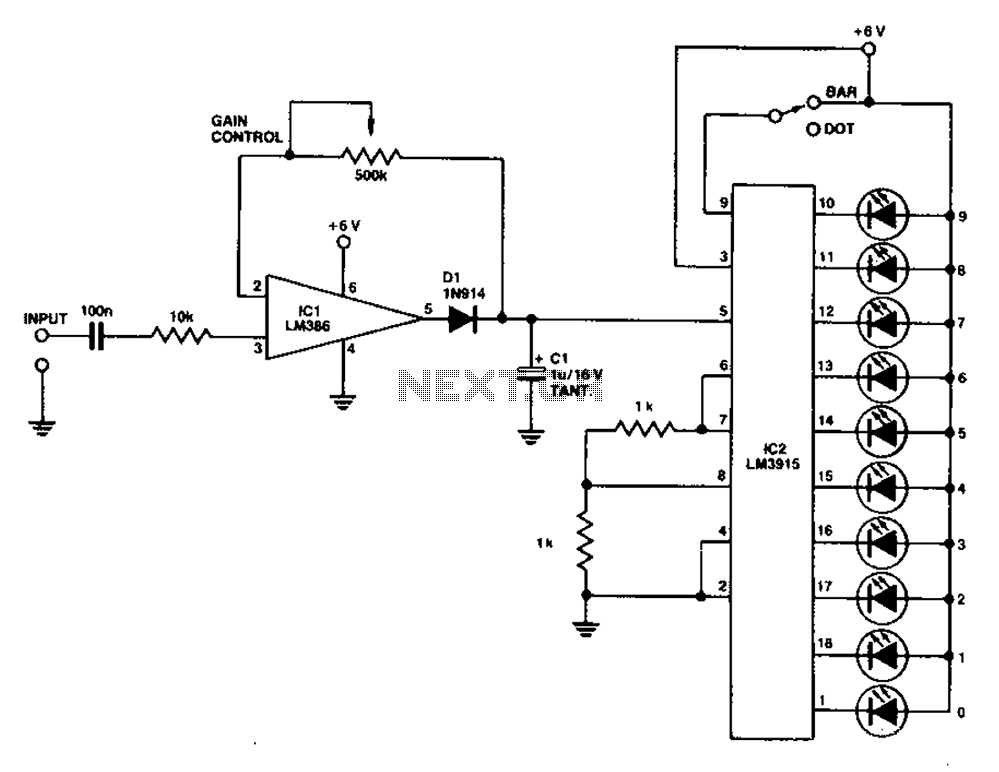
How do you make a shift/scale circuit using a transistor resistors and a voltage source

A functional circuit utilizing an operational amplifier (op-amp); however, the instructor indicated that op-amps can be challenging to work with and provided transistors as an alternative.
Operational amplifiers (op-amps) are versatile components commonly used in various electronic circuits for amplification, filtering, and signal processing. They typically have high input impedance and low output impedance, making them suitable for a wide range of applications. However, they can present complexities in design and stability, particularly when configuring feedback loops or dealing with noise.
Transistors, on the other hand, serve as fundamental building blocks in electronics, functioning as switches or amplifiers. They can replace op-amps in many applications, offering greater simplicity and reliability in certain contexts. A transistor circuit can be designed to achieve similar functionality as an op-amp circuit, albeit with different characteristics.
For a basic transistor amplifier circuit, consider using a common-emitter configuration. In this setup, the transistor's collector is connected to the power supply through a load resistor, while the emitter is grounded. An input signal can be applied to the base of the transistor through a coupling capacitor, allowing AC signals to pass while blocking DC components.
The output can be taken from the collector, where the amplified version of the input signal appears. The gain of the transistor amplifier can be controlled by selecting appropriate resistor values in the circuit. Biasing resistors are also essential to ensure that the transistor operates in the active region, preventing distortion of the output signal.
In summary, while op-amps provide robust solutions for many electronic applications, transistors can serve as effective alternatives, particularly in simpler circuits. Understanding the characteristics and operation of both components is crucial for successful circuit design.A working circuit with an opamp but my professor said that they are hard to work with, and gave me some transistors to use instead. enthdegree May 30 `13 at 17:25 🔗 External reference
Operational amplifiers (op-amps) are versatile components commonly used in various electronic circuits for amplification, filtering, and signal processing. They typically have high input impedance and low output impedance, making them suitable for a wide range of applications. However, they can present complexities in design and stability, particularly when configuring feedback loops or dealing with noise.
Transistors, on the other hand, serve as fundamental building blocks in electronics, functioning as switches or amplifiers. They can replace op-amps in many applications, offering greater simplicity and reliability in certain contexts. A transistor circuit can be designed to achieve similar functionality as an op-amp circuit, albeit with different characteristics.
For a basic transistor amplifier circuit, consider using a common-emitter configuration. In this setup, the transistor's collector is connected to the power supply through a load resistor, while the emitter is grounded. An input signal can be applied to the base of the transistor through a coupling capacitor, allowing AC signals to pass while blocking DC components.
The output can be taken from the collector, where the amplified version of the input signal appears. The gain of the transistor amplifier can be controlled by selecting appropriate resistor values in the circuit. Biasing resistors are also essential to ensure that the transistor operates in the active region, preventing distortion of the output signal.
In summary, while op-amps provide robust solutions for many electronic applications, transistors can serve as effective alternatives, particularly in simpler circuits. Understanding the characteristics and operation of both components is crucial for successful circuit design.A working circuit with an opamp but my professor said that they are hard to work with, and gave me some transistors to use instead. enthdegree May 30 `13 at 17:25 🔗 External reference





